Cerebral Palsy: Physiotherapy Treatment and Exercise
Table of Contents
What’s cerebral palsy?
Cerebral palsy (CP) is a group of disorders that affect a person’s ability to do movement and maintain balance and posture. CP is the most common motor disability in childhood.
The cerebral word means brain, and palsy means weakness or struggling with using the muscles. CP is caused by inappropriate brain development or damage to the developing brain that affects a person’s ability to control his or her muscles.
The affection for limbs and torso varies from person to person. A person with severe CP might need to use a specific device to be able to walk, or might not be able to walk at all and might need support for their whole life. A child with mild CP, on the other side, might walk a little inaccurately, but might not need any special support. CP does not get worse over time, though the exact symptoms can change over a person’s lifetime, and one can live life better to some extent.
Types of Cerebral Palsy:
Cerebral palsy is classified according to the main type of movement disorder involved. Depending on which parts of the cerebrum are affected, one or more of the following movement disorders can occur:
The affection for limbs and torso varies from person to person. A person with severe CP might need to use a specific device to be able to walk, or might not be able to walk at all and might need support for their whole life. A child with mild CP, on the other side, might walk a little inaccurately, but might not need any special support. CP does not get worse over time, though the exact symptoms can change over a person’s lifetime, and one can live life better at some extent.
- Stiff muscles (spasticity)
- Uncontrollable movements (dyskinesia)
- Poor balance and coordination (ataxia)
There are four main types of CP:
Spastic Cerebral Palsy
The most prevalent type of CP is spastic CP. 80 % of children are affected by spastic CP. Spastic CP has the most common symptom which is muscular tightness, which means their muscles are stiff and, as a result, their movements can be jerky and sometimes hard. Spastic CP usually is elaborated by what areas of the body are affected.
Spastic diplegia or diparesis:-In this type of CP, muscular stiffness is mainly in the legs, with the arms minimally affected or not affected at all. People with spastic diplegia might have limitations in walking because tight hip and leg muscles cause their legs to stick together, internally rotated and joined at the knees, this is also known as a scissoring gait because the legs appear like a scissor.
Spastic hemiplegia or hemiparesis:-This type of CP affects only one side of a child’s body; usually, the arm is more affected than the leg because the arm gets more involved.
Spastic quadriplegia or quadriparesis:- Spastic quadriplegia is the most severe form of spastic CP and also the rare one adding to it this form of CP affects all four limbs, the trunk, and the face. Children with spastic quadriparesis most commonly cannot walk and usually have other developmental and prolonged disabilities such as intellectual disability, seizures(convulsions), difficulty with vision, hampered hearing, slurred speech, and sometimes involvement of facial and ocular muscles.
Dyskinetic Cerebral Palsy
(also includes athetoid, choreoathetosis, and dystonic cerebral palsies)
Children with dyskinetic CP have problems with getting command over the movement of their hands, arms, feet, and legs, making it difficult to sit and walk because of uncontrolled tremors. The movements are can be slow and writhing or rapid and jerky. Sometimes the face and tongue are affected and the person’s faces struggle with sucking, swallowing food, or sometimes even drinking, and speaking. A person with dyskinetic CP has weird muscle tone that can change (varying from too tight to too loose) not with changing day, but even during a single day.
Ataxic Cerebral Palsy
People with ataxic CP have limitations with balance and coordination. They might be leaning from side to side or unsteady when they walk. They might have a hard time with rapid movements or movements that need a lot of muscular control, like writing. Controlling their hands or arms when they reach for something might be impossible for them.
Mixed Cerebral Palsy
Some people have symptoms of more than one CP. The most common type of mixed CP is spastic-dyskinetic CP in which there are some or all the symptoms.
In a Baby Younger Than 6 Months of Age:
His head has no control and sways when you pick the baby up while he’s lying on his back. Moreover, he feels stiff and floppy.
When held and cradled in their arms, he seems to overextend the back and neck, constantly acting as if he is pushing away from you. When the baby gets picked up, his legs get stiff and they cross or scissors which forms a scissor gait.
Signs and symptoms appear during infancy or preschool years when the child starts to do the usual activities. To sum up, cerebral palsy causes impaired movement associated with exaggerated reflexes, floppiness, and sometimes spasticity of the limbs, unusual posture, involuntary movements, unsteady walking, or some combination of these. They also face eye muscle imbalance, thus they might not be able to see properly. due to spasticity, the range of motion of major joints is reduced or the end feel is abnormally hard.
In some patients epilepsy, blindness or deafness also might be present. Cerebral palsy is a lifelong disorder, therefore the patient may need lifelong assistance or complete support. There is no cure specific, but treatments can help improve function and patients can gain ADLS(Activity of daily life).
Symptoms
Signs and symptoms of cerebral palsy can vary greatly from person to person. Cerebral palsy can affect the whole body, or it might be limited primarily to one or two limbs, one side of the body, or both. Generally, signs and symptoms include problems with movement and coordination, speech and swallowing, development, and other problems.
Movement and coordination
Stiff muscles and exaggerated reflexes (spasticity), are the most common movement disease, Variations in muscle tone, such as being either too stiff or too loose, Stiff muscles with normal reflexes lack of balance and muscle coordination (ataxia)Tremors or jerky involuntary movements, slow, writhing movements, Favoring one side of the body, such as only reaching with one hand or dragging a leg while crawling, Difficulty walking, such as walking on toes, a crouched gait, a scissors-like gait with knees crossing, a wide gait or an asymmetrical gait, Difficulty with fine motor skills, such as buttoning clothes or picking up utensils, Speech, and eating, Delays in speech development, Difficulty speaking, Difficulty with sucking, chewing or eating Excessive drooling or problems with swallowing Development, Delays in reaching motor skills milestones, such as sitting up or crawlingLearning difficulties. Delayed growth, resulting in a smaller size than would be expected, Damage to the brain can contribute to other neurological problems, such as:
Seizures (epilepsy)
Difficulty hearing, Problems with vision, and abnormal eye movements. Abnormal touch or pain sensations, bladder and bowel problems, including constipation and urinary incontinence.Mental health conditions, such as emotional disorders and behavioral problems. The brain disorder causing cerebral palsy doesn’t change with time, so the symptoms usually don’t worsen with age. Sometimes, as the child gets older, some signs and symptoms might become more or less apparent. And muscle shortening and muscle rigidity can become more complicating if not treated aggressively.
Causes
Cerebral palsy is caused by abnormal brain development or damage to the underdeveloping brain. This usually happens before a child is born, but it can occur at birth or initially in infancy. In many cases, the cause isn’t known. Many factors can lead to problems with brain development. Some include:
Maternal health
Certain infections or toxin exposures during trimesters can significantly increase the cerebral palsy risk to the fetus. Inflammation triggered by infection or fever can damage the unborn baby’s developing brain.
Cytomegalovirus. This common virus causes fever-like symptoms and can lead to birth disorders if a mother has her first active infection during pregnancy.
German measles (rubella). This viral infection can be prevented with a potent vaccine.
Herpes. This infection can be passed from mother to fetus during pregnancy, targeting the womb and placenta.
Syphilis. This is a sexually transmitted bacterial infection this is rare but infectious.
Toxoplasmosis. This infection results from a parasite found in contaminated food, soil, and the feces of infected cats, if the mother exposes herself to such things there are significant risks.
Zika virus infection. This infection is spread through mosquito bites and can affect mothers’ maternal health as well as fetal brain development.
Intrauterine infections. This includes infections of the placenta or fetal membranes of development.
Exposure to toxins. One example is exposure to methyl mercury which is harmful to even adults.
Other conditions. Other conditions affecting the mother that can slightly increase the risk of cerebral palsy include thyroid problems, preeclampsia, or seizures.
How cerebral palsy is diagnosed?
Following are the important investigation measures that help to diagnose cerebral palsy.
Investigation
To rule out the CP one needs to go under some investigation methods such as Brain-imaging technologies, these techniques can reveal areas of damage or abnormal development in the brain. Some of them are mentioned below.
MRI, CT Scan, Ultrasonography, EEG.
All these techniques have efficiency in imaging and scanning the brain with the 3D image that can help the physician diagnose CP.
Laboratory tests
Laboratory tests are equally important because they uncover the abnormality of neurotransmitters and enzymes. Thus tests of the blood, urine, or skin sometimes CSF(Cerebrospinal fluid) might be used to screen for genetic or metabolic problems.
Additional examination:-
If the child is diagnosed with cerebral palsy, they are likely to be referred to specialists to test the child for other conditions often associated with the disorder. These tests can identify problems with:
- Vision
- Hearing
- Speech
- Intellect
- Development
- Movement
- Other medical condition
Treatment of Cerebral Palsy:
Medical treatment
Medications that can reduce muscle tightness might be used to improve functional abilities and movements, treat pain and manage complications related to spasticity. Muscle or nerve injections. To treat the tightening of a specific muscle, the doctor might recommend injections of a botulinumtoxin type A (Botox), or another agent. The injections will be given about every three months and repeated several times.
Side effects mostly can be a pain at the injection site and mild fever-like symptoms. Other more serious side effects include difficulty breathing and swallowing soft food.
Oral muscle relaxants. Drugs such as baclofen, tizanidine (Zanaflex), diazepam (Valium), or dantrolene (Dantrium) are often used as muscle relaxants.
In some cases, baclofen is pumped into the spinal cord( cerebrospinal fluid) with a tube. The pump is surgically attached under the skin of the abdomen. Medications to reduce drooling. One solution is Botox injections into the salivary glands.
Physiotherapy Treatment of Cerebral Palsy
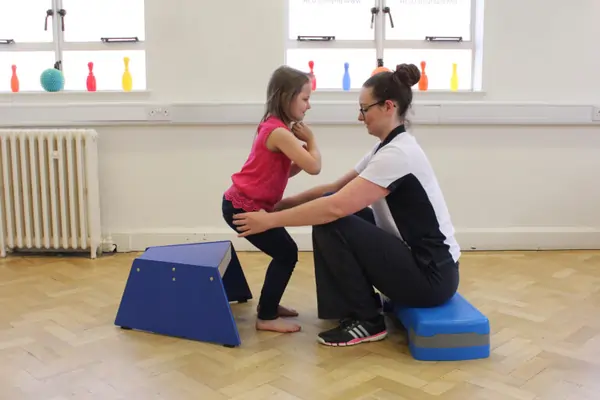
After the initial diagnosis of CP, the doctor refers the child to a physiotherapist. Each child with CP will have different needs and different problems, so the physiotherapist does a thorough assessment by examining the child’s medical history, and maternal history, and conducting a series of observatory tests. These tests assess various aspects of the child’s condition, through observation and examination such as physical strength, range of motion, endurance, joint integrity, breathing, posture, flexibility, and balance.
For children, treatment for Cerebral Palsy initially aims to increase mobility and progression of physical development such as sitting, crawling, and walking. Treatment should be started as soon as possible and should aim to continue on a regular basis. Every child with Cerebral Palsy presents differently and has different requirements regarding achieving milestones.
Usually, physiotherapy treatment aims to:
Reduce muscular tightness and spasms through stretching programs and splinting techniques(day and night separately)
Promote physical development through play and daily life activities and also by keeping some physical challenges to achieve; so the one can be able to equalize foot with the normal kid.
Improve mobility with the use of different aids such as foot splints ( to correct the foot), braces ( to correct the posture), and walkers ( for mobilization).
For adults, treatment is guided by improving muscle activation, muscular re-education and control, and improving functional abilities. Appropriate services for adults with Cerebral Palsy are comparatively less widely available than those for children. Every individual with Cerebral Palsy presents with distinguishing symptoms, needs, and priorities depending on their age and the extent of the damage to the cortex brain. Some of the physiotherapy treatments can help to:
Increasing muscle strength through strengthening and mobilization exercises also increases endurance
Minimize abnormal patterns of movement through re-alignment and re-education of muscles
Improve postural alignment through mobilization, strengthening, and splinting
Improve balance and mobility through assessment of different seating and mobility aids and postural re-education with balance activities like a balance board, and static and dynamic balancing activities.
Increase sensation through sensory stimulation such as proprioception, graphesthesia, stereognosis, and kinesthesia.
Reduce muscle stiffness, spasms, and pain through self and passive stretching programs
Reduce the risk of falls through balance work, gait re-education, and training with the help of mirror bio-feedback
Help reduce foot drop through functional electrical stimulation (FES) and various orthotics(ankle-foot orthosis)
Increase independence and quality of life through management of positioning in bed and seating and also with using dining habits
All these goals can be received by a few treatments mentioned below;
Due to children’s impaired movements, tend to be less physically active, which increases their chances of developing stiff joints and spasticity.
Range of motion exercises should be done at least twice a day once through a Physiotherapist and once at home with the mother or caretakers. All these exercises help to reduce joint stiffness, promote circulation, and stimulate the muscles.
All children with cerebral palsy can benefit from a range of motion exercises.
Children with severe cerebral palsy should practice passive range of motion exercises. These are when a trained caregiver or therapist does movement of limbs, which stimulates and stretches the muscles and prevents blood from pooling in the limbs due to inactivity; it also promotes muscular movement.
Children that have muscle control should be encouraged to do a range of motion exercises on their own as much as possible with commanding if they understand. These are called the active range of motion exercises.
Some active range of motion exercises child can practice include:
- Neck range of motion movements (rotate the head in circles clockwise and counterclockwise)
- Head turns (turning the head side to side)
- Shoulder retraction and protection are also known as shoulder shrugging (raise and lower your shoulders)
- Arm circles (spread baby’s arms to the sides so that the body makes a T shape and then move the arms in circles forward and backward)
- Elbow extensions and flexion (bend and straighten your elbows)
- Wrist rotations and stretch(hold forearm with another hand to stabilize it and then move the hand in circles)
- Finger clenching or clawing (make a fist so that all fingers curl in and then straighten them back )
- Finger abduction and adduction (join fingers together so that they touch on the sides and then spread them out as far as you can and make a fan-like structure)
- Lateral leg raises (lie on the side, raise top leg up as far as the child can bare, then lower it)
- Knee flexion and extensions (sit on a chair and repeatedly bend and straighten the knees with appropriate holds)
- Ankle rotations, planter stretch, and dorsiflexion stretch (rotate the ankles in circles)
Mat exercise:
Mat exercises play an important role in CP moreover, they are also proved to be more beneficial for achieving targeted goals.
Mat exercises include rolling, prone position, prone on the elbow, prone on hand, quadruped in which the baby is on all four limbs, then followed by kneeling, half kneeling, one leg kneeling, and then standing. All these positions should be maintained for at least thirty seconds with the help of the mother and therapist.
Mat activities have more effect on the trunk thus the trunk muscles, abdominal muscles get strengthened.
Neurodevlopmental tretment (NDT):
NDT promotes motor pathways and sensory pathways and facilitates normal movement and motor control. This includes Bobath approach, roods approach, and the Brunnstrom approach. This treatment includes some principles which are mentioned below;
- Encouragement of normal movement patterns
- Focusing on range and stretch of movement
- To normalize the tone so that active movements can be facilitated
- Correcting the posture and position continuously in supine, standing, and sitting
- Discontinuation of compensatory movement and trick movements
- Promoting maximum functional recovery and focusing on improved quality of independence
Occupational Therapy for CP:
Cerebral Palsy targets patients of all ages, therefore our specialist OTs aim to improve areas of personal care, work, or leisure that are becoming difficult and help each person to achieve their individual daily life activity goals. This can be achieved through:
Functional activities independently or in groups( so that patient can get comfortable)
Assessing function in their own environment and establishing any needs for equipment, adaptations, or further rehabilitation
Hand therapy includes splinting and exercise programs to achieve the near-normal posture.
Advice and management of pressure relief through bed positioning and seating adaptations, for avoiding pressure sores one can use air beds and continuous changing in position.
Management and education to help individuals adapt and manage altered sensations with the help of brushing techniques while using differently textured brushes.
Knowledge of a wide variety of equipment available to aid transfers and mobility such as wheelchair initially and after some duration walker or cane can be used.
Speech and Language Therapy for CP:
Patients with Cerebral Palsy often have difficulties with their speech and swallowing. Difficulties in written and non-verbal communication can also be experienced. They are taught some signs, as well as they, are given oral stimulation to develop sounds, moreover, the kid is given vowel and vocal training. Even though sounds are incomprehensible thus training for family and caretakers on how to communicate with someone with dysphasia advice and management with various communication aids are given
Cerebral Palsy is a lifelong condition and affects people of all ages. Coming to fact that the symptoms and loss of independence at any age is a challenge. The therapist should provide an assessment of a client’s functioning, in particular, their cognition, behavior, and emotional state, Providing advice, consultation, teaching, and supervision to other professionals as well as family and caretakers.

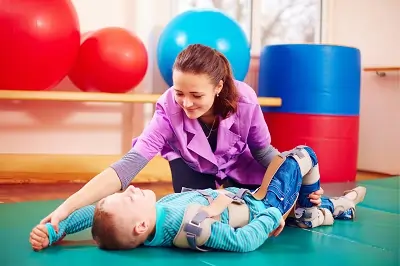
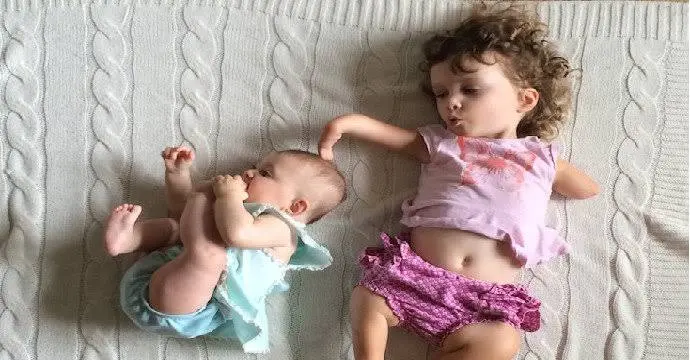
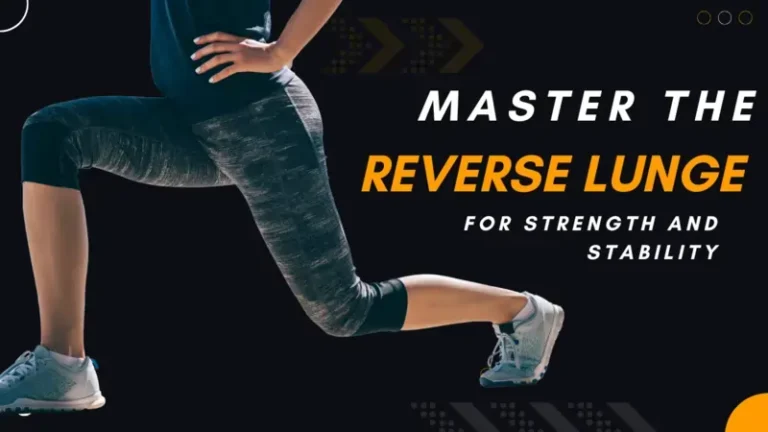
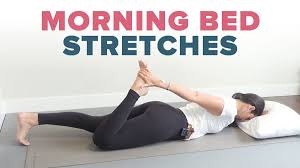
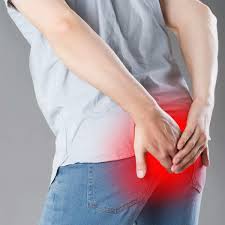
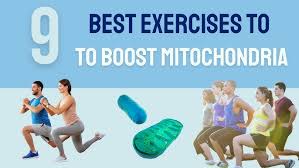

8 Comments